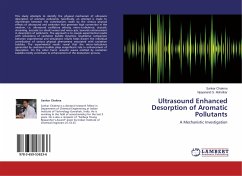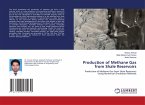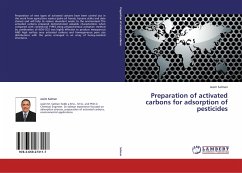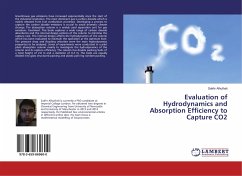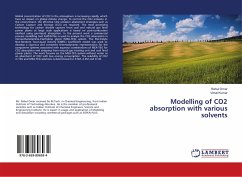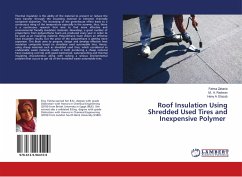The increasing concerns about climate change and global warming has increase the interest in reducing the emissions of greenhouse gases. Thus, the chemical absorption of carbon dioxide by aqueous amine solutions has been investigated over the last decades. In the carbon dioxide absorption tests performed in a pilot unit, the following aqueous amine solutions with a concentration of 10 % by weight were tested: diethylamine, monoethanolamine, piperazine and ethanolamine. The tests were performed with an absorption time of 240 minutes. The obtained results for the tested aqueous amine solutions were: 0.492 mol CO2/mol amine for the diethylamine aqueous solution, 0.409 mol CO2/mol amine for the MEA aqueous solution, 0.395 mol CO2/mol amine for the PZ aqueous solution and 0.321 mol CO2/mol amine for the EDA aqueous solution. A cost analysis was performed in other to see which one of the amines was the most economical solvent. After analyzing the carbon dioxide loading capacity and theprice per liter for each one of the amine, it was concluded that DEA was the most economical solvent, with a loading capacity of 0.982 mol CO2/mol amine and a cost of 25.70 EUR/L.
Bitte wählen Sie Ihr Anliegen aus.
Rechnungen
Retourenschein anfordern
Bestellstatus
Storno

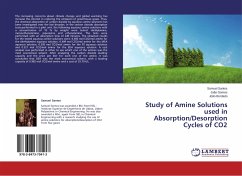
![Amine functionalized[Amim][Tf2N] ionic liquid properties & CO2 absorption Amine functionalized[Amim][Tf2N] ionic liquid properties & CO2 absorption](https://bilder.buecher.de/produkte/48/48432/48432870n.jpg)
